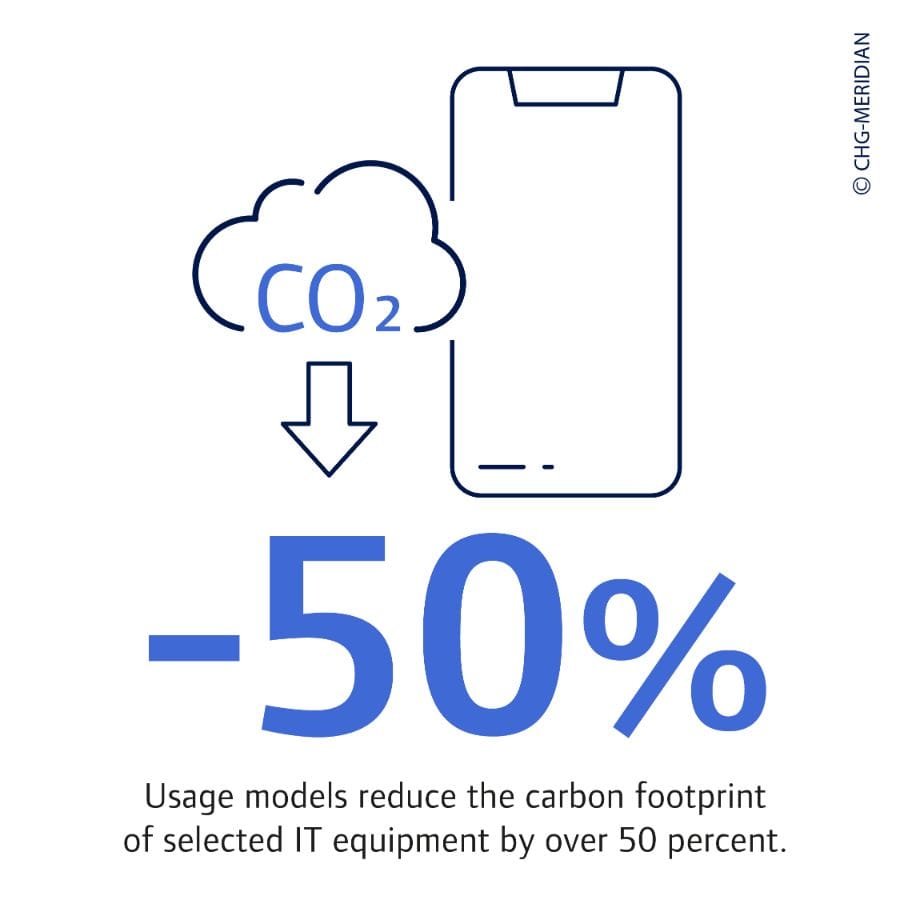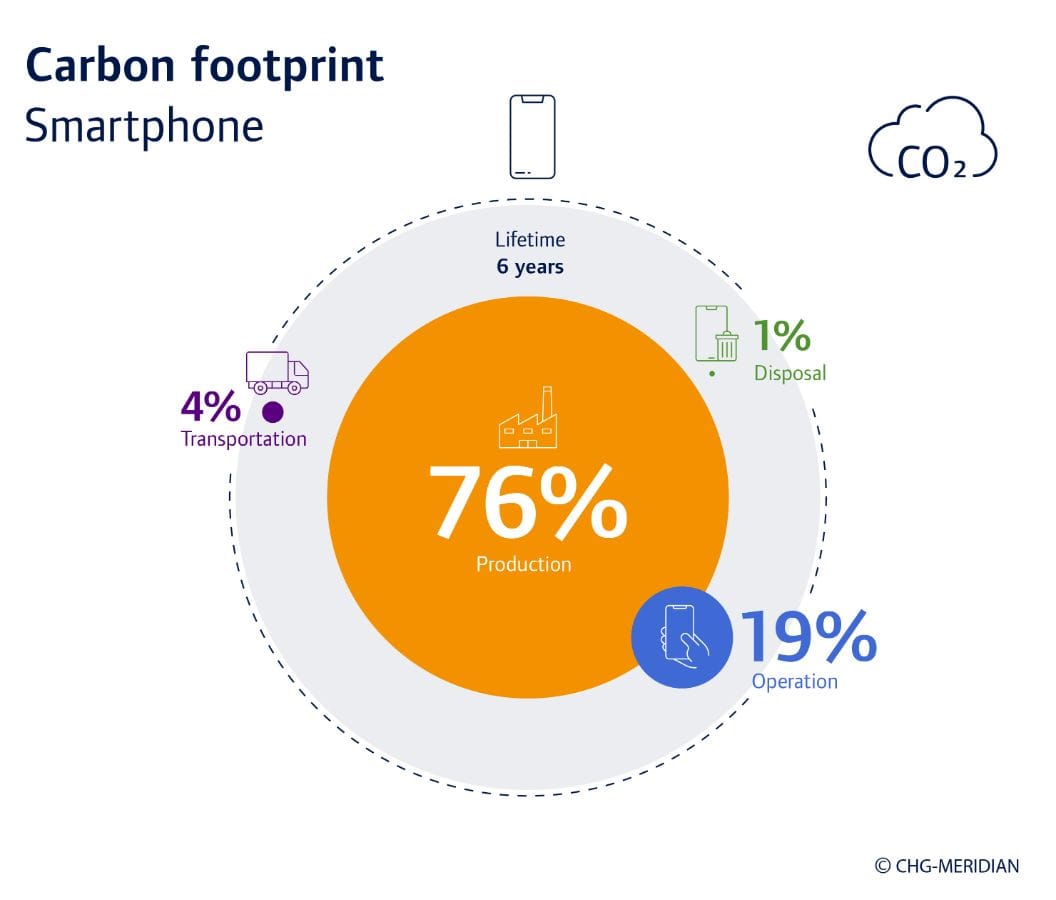Compared with the traditional approach of purchasing equipment, IT usage models such as leasing and device-as-a-service (rental) offer clear benefits regarding an organization’s carbon footprint. This is the key finding of a recent study on green IT carried out by CHG-MERIDIAN and the Belgian research institute VITO. Usage models thus offer companies the opportunity to improve the sustainability of their IT infrastructure procurement, which helps to conserve both financial and natural resources.
Usage models boost profitability and sustainability alike
For companies faced with the challenge of meeting regulatory requirements while also managing the balancing act between profitability and sustainability, usage models such as leasing and DaaS are essential. In the spirit of a circular economy, these models shift the focus from product ownership to getting as much use as possible out of every product. This systematically increases the intensity of use and extends the useful life of a product. If existing assets stay in the market for multiple usage cycles and are thus used more intensively, overall demand for new devices reduces. This takes pressure off already strained supply chains.
The green IT study commissioned from VITO by CHG-MERIDIAN shows that integrated lifecycle management and usage models allow businesses of all sizes to become part of a circular economy for IT. “Our task is to help our customers to use their IT in the most environmentally friendly way possible. By providing secure data erasure processes, comprehensive transparency throughout the asset lifecycle, and innovative finance options, we facilitate the multiple reuse of IT equipment. We therefore offer a unique combination of sustainability and lower costs,” says Dr. Mathias Wagner

